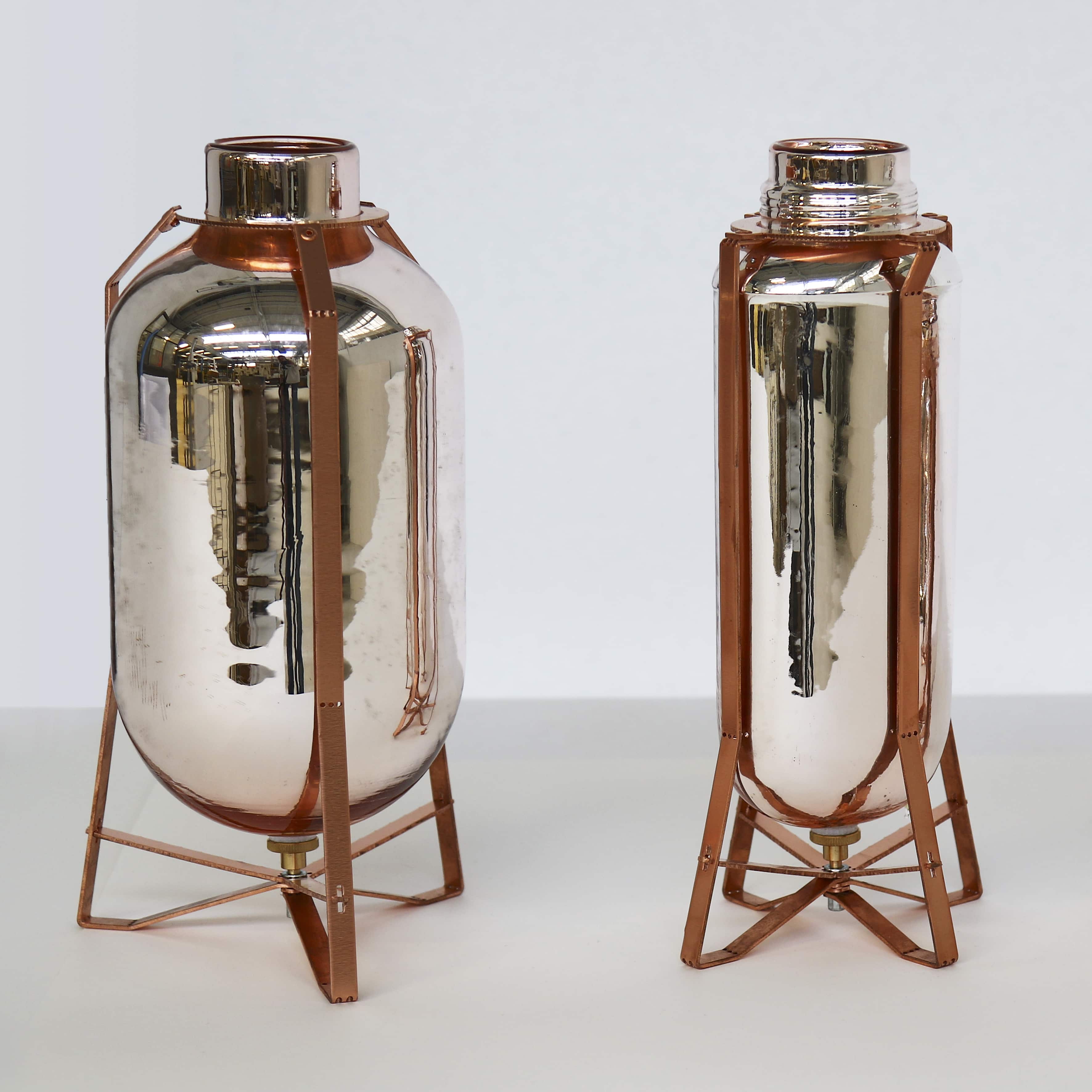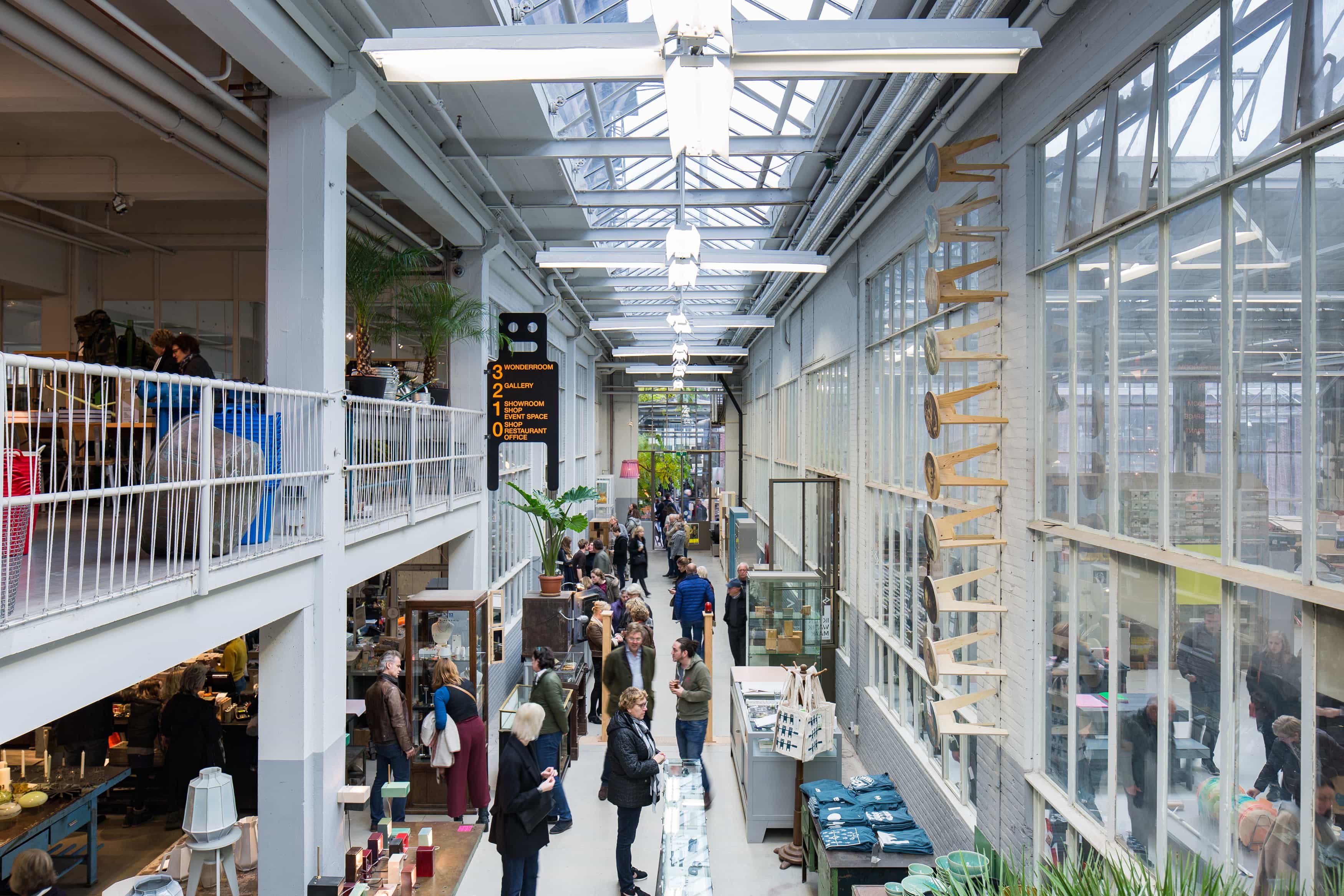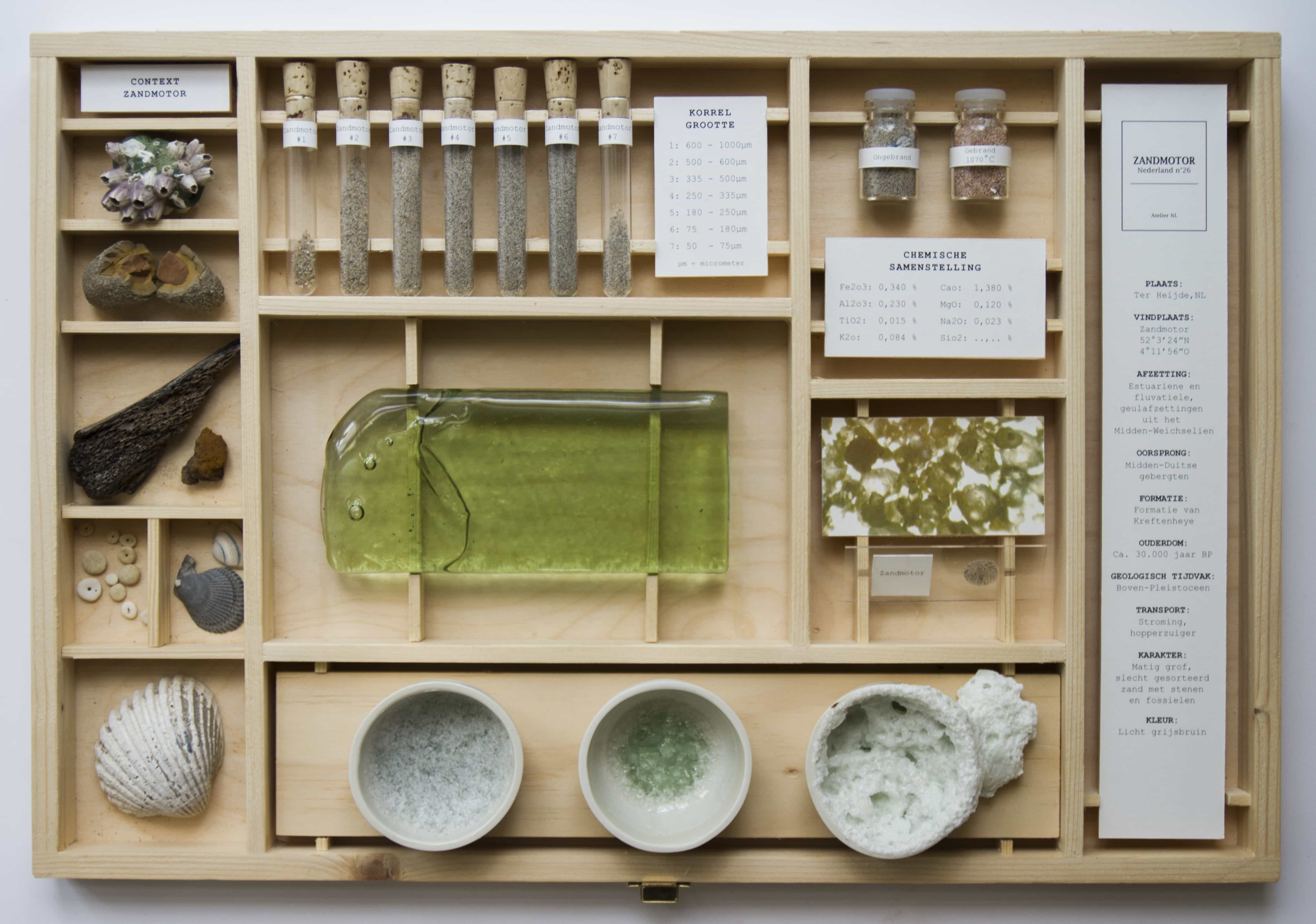The 2017 edition of Dutch Design Week (DDW) brought together the work of 2,600 designers for an audience of 335,000 visitors. Begun as a single day event in 1998, the festival has grown into an international showcase of future-focused projects by inventive, experimental and open-minded designers.
According to its organizers, its a shared outlook which is the crucial element of the event's identity:
"DDW does not just see Dutch design as a label for a certain group of designers or design aesthetic, but as a permanent reflection of a culture and attitude that is characteristic of the Netherlands and of Dutch people. We identify with a solution-oriented approach, functionality, humanism, free thinkers, brutality, humour, ability to put things into perspective, single-mindedness, not hindered by thinking in terms of hierarchical barriers, the unconventional. But also the readiness for taking stakeholders seriously and involving them in the solution, in the creative process. Dutch does not by definition refer to a nationality." -Dutch Design Week
Amsterdam-based visual designer and stylist Liat Gorodenzik traveled to Eindhoven for THE KINDCRAFT and found sustainability and craft were predominant themes in this year's show. In this report, she highlights seven creatively inspiring and noteworthy exhibitions from Dutch Design Week.
"Eindhoven is at its most lively during Dutch Design Week," she says. "It brings students, designers and people from all over the world. I was eager to see the work of designers who had inspired me throughout my years as a student and see their process of design and concept come alive before me during this week. After spending days exploring shows and attending lectures and workshops, the nights were filled with live music, parties, performances, and pop-up cafes — all having a creative Dutch twist that brought a smile to my face."

PIET HEIN EEK
A graduate of the Academy of Industrial Design in Eindhoven, Piet Hein Eek has created his studio within the town's old Philips factory. The studio's production is created on-site by designers, metalworkers and woodworkers and Piet Hein Eek’s gallery exhibits designers and young artists (as well as his own collections) throughout the studio space during DDW. This year's exhibition featured the design of a limited edition Thermos Bottle Vase. The Thermos, originally used for tea, was dismantled and upcycled into a flower vase with base support by a copper-like frame.





The project has an interesting backstory, according to Eek:
"These beautiful, double-walled thermos jugs had been gathering dust...in our basement for years. I don’t know exactly how it happened, but one day Jeanine [Eek-Keizer, the wife of Piet Hein Eek] decided that they were bad luck and they had to go. I’m not superstitious, so I thought I’d take them to the office to solve the problem and turn the silvered inner chambers of the jugs into vases. We developed a system that would allow us to produce frames for the vases, in different shapes and sizes, relatively easily. Production will stay limited to the 44 pieces that we have now, which come in 16 different shapes."PIET HEIN EEK
Piet Hein Eek also displayed prototypes of a collaboration with IKEA intended to preserve a handmade feel and support the work of craftspeople, including rattan makers in Indonesia (this blog post about the project is well worth reading, highlighting both the opportunities and challenges of bringing handmade craft and design into larger-scale manufacturing processes).

MASK
As part of the Textiel Museum Collection, designer Berjan Pot presented his collection, “Mask”. Pot originally attempted to construct a flat carpet-like surface by stitching colorful cords together but, when the samples proved to be too curvy, his collaborator Vladi Rapaport suggested he instead shape the material into three dimensional mask-like textiles. Pot's pieces have color and humor; Their shapes are reminiscent of colorful ceremonial masks. Since 2010, this successful cord stitching technique (originally commissioned by the TextielLab in Tilburg, Netherlands) has been crossing boundaries of material and has even sparked a collection of gloves.






EARTH MATTERS
“EARTH MATTERS” looks at the rising consciousness of sustainability and awareness of earth's resources. Curated by Lidewij Edelkoort (the Dutch trend forecaster whose "Anti-Fashion Manifesto" went viral earlier in 2017), this exhibition presented new works created by international designers. The highlighted designs, objects, garments, and textiles were intended to give a better understanding of the importance of materials research.
One of the selected designers, Tamara Orjola, created a new ecological fiber from fallen pine needles. Naming her project “Forest Wool”, Orjola focused on the overlooked—and easily forgotten—natural materials, encouraging their use in the making of our day to day objects. The scale of the opportunity is enormous: 600 million pine trees in the EU are cut down each year and, while they are a major source of timber, there has been no particular use of the pine needles which make up 20-30% (70-100kg) of their total mass.






Several techniques are used in the manufacturing process — crushing, soaking, steaming, carding, binding and pressing. The result is a refined and soft textile which was designed into a stool, carpet and other furniture pieces. Orjola shows how you can create sustainable products from natural and "found" natural sources.
Farm of the World at NatLab
Claudy Jongstra, a well-known textile installation artist, initiated Farm of the World along with Claudia Busson and Gitta Luiten as a project to raise awareness of sustainability in relation to art, nature, and culture. A formerly abandoned farm located in an agricultural province in the northwest of the Netherlands, Farm of the World puts biodynamic agriculture and food production at the center of its activities: producing vegetables, flower bouquets for local businesses and natural dye plants for art projects.
NatLab hosted the lecture about ‘Natural Forces’, a new collaboration from Farm of the World, Cor Unum Ceramics, Studio Claudy Jongstra, and EE Labels. Together, the group developed two new product lines: CLAY Reglaze (a line of ceramic pieces made from recycled keyfish and glaze) and YARNS Relate, napkins made from residual yarns and organic cotton (and using recycled PET yarns for the brand label) that have been dyed with natural raw materials like onion and indigo.






Zooming In and Out
Nina van Bart presented "Zooming In and Out", a design study featuring a series of rugs inspired by nature and architectural elements. With the help of Dutch rug manufacturer Carpet Sign, a new 3-D tuft technique was used to play with depth differences and volume. Digitized from van Bart's hand-drawn sketches (and made using yarns and colors that she selected from the company's library), the finished product practically demands that you touch it.








To See a World in a Grain of Sand
With a nod to poet William Blake, a collaborative art project called "To See a World in a Grain of Sand" was presented by Atelier NL, a product development firm that emphasizes use of local materials. Since 2010, Atelier NL has asked the global community to send sand samples from all around the world in hopes of highlighting the earth’s beauty through the lens of local soil. Over 300 samples were collected from beaches, rivers, and mountains, revealing local texture and colors. Atelier NL then put the collected materials through a heating process to convert them into a porcelain glass, revealing an array of colors from each region. A "world map of glass" was assembled and exhibited with a film installation (Note: The project is ongoing and so, for those interested, you can submit your own samples).







FUNDAMENTALS
Design agency Dutch Invertuals invited design team Raw Color to curate a space filled with 800 objects as part of "Fundamentals", a conceptual take on the creative process. Collected from 45 of Dutch Invertuals's designers, the artifacts (often personal objects) were assembled into containers which represented each contributor's design fundamentals and the full assortment was displayed on a large, circular platform for viewers to walk through.














